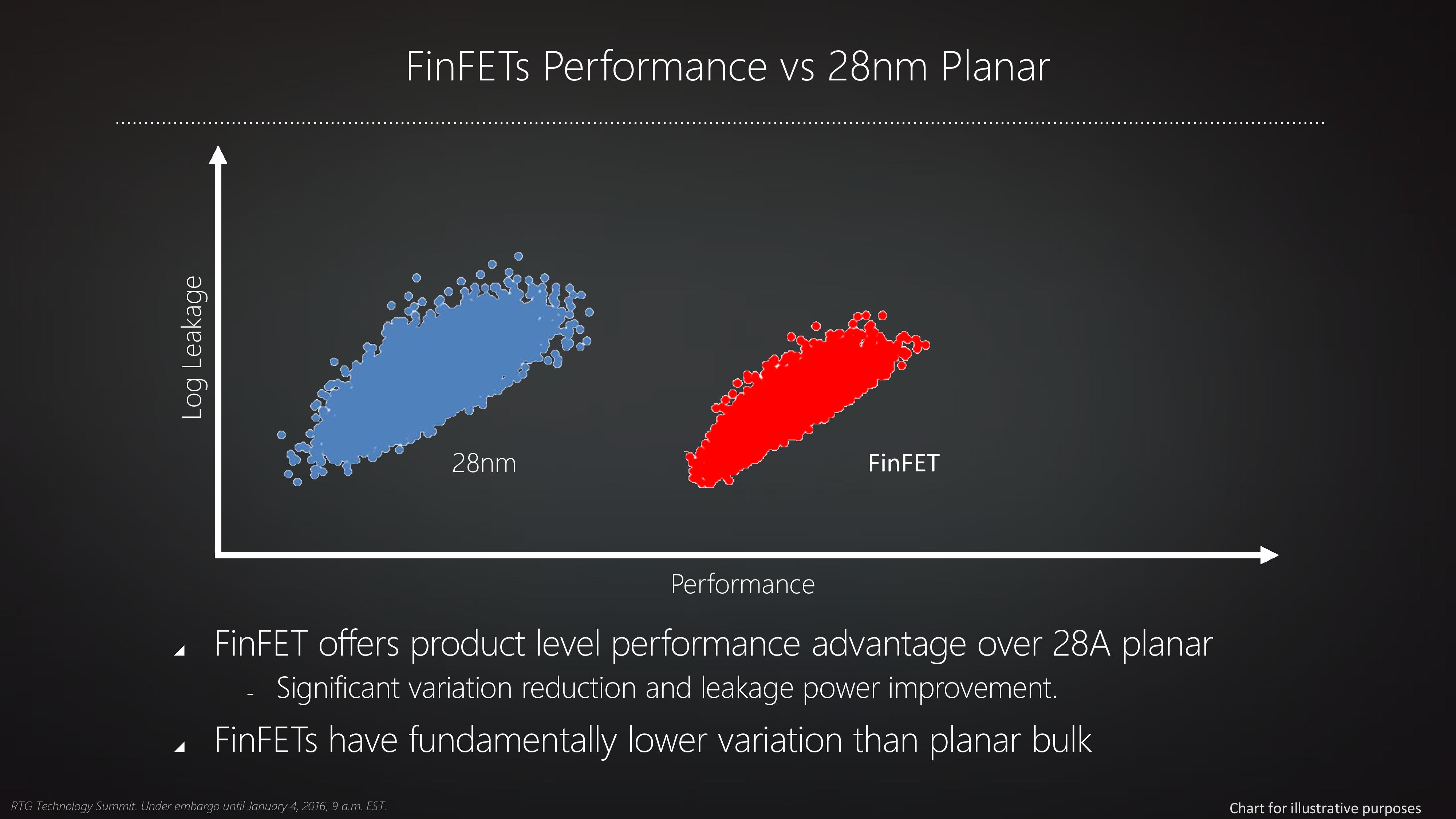coercitiv
Diamond Member
- Jan 24, 2014
- 7,443
- 17,731
- 136
Since you mention Apple, we had 14nm going versus 16nm in A9 chips and it showed Samsung's process to use more power at top chip frequency.How's 14ff an immature process if Samsung and Apple have been shipping chips with it in high volume for over a year now?
We can also ask the same question from another point of view: how is 16nm a mature process when Nvidia still struggles to make enough GP104 chips to meet demand?
Let's take this a bit further, what did Intel have trouble with recently: chip design for Broadwell and Skylake... or making their 14nm process work? You know Intel, the company with the big fat R&D budget and flush with talent.
This is why people corroborate data from the Polaris launch and assume they might have problems at the fab. Not because their engineers can do no wrong.



